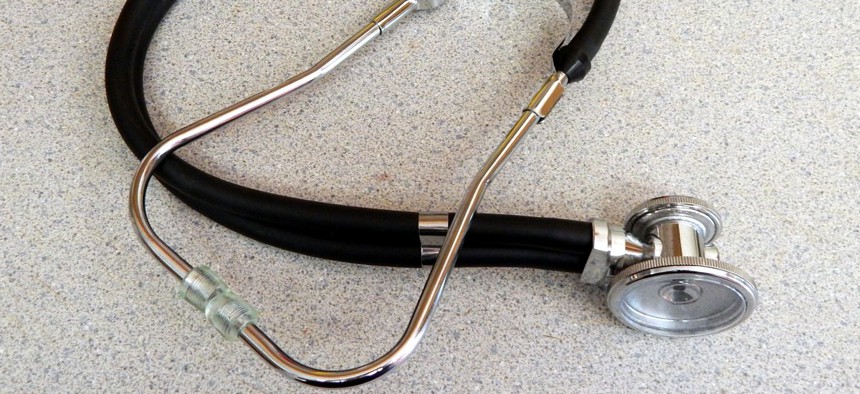Last week, we looked at this year’s health insurance premium announcement, and the impending Federal Employee Health Benefits Program open season. It’s not too early to start planning for it.
One thing that’s key to the process: Do some comparison shopping. Let’s look at one method for doing so.
First, find out what’s changing in your plan. When the plan brochures are released in November, find yours and see what’s going to be different in 2020. The front cover of the brochure will highlight where to find the rates, plan changes and plan summary.
Then, use one of the plan comparison tools available to find at least three FEHBP plans other than the one you’re currently enrolled in that are available in your zip code.
Now, do some comparison shopping. Use the plan brochures and visit the plan websites to dig deeper into the three contenders that you might consider for 2020. Look at the following key points of comparison:
- The biweekly or monthly premium you’ll pay whether you use your health plan for medically necessary care or whether you only receive preventative care that is covered with no out of pocket expense.
- The plan deductible, copay and coinsurance for doctor visits (primary care and specialist).
- Your out of pocket obligation if you or a family member were admitted to the hospital next year. Compare costs for inpatient room and board and other hospital expenses.
- The cost of outpatient care such as lab work, physical therapy and outpatient surgery. All plans cover these things, but they have varying out of pocket costs and may have restrictions on care.
- The plans’ coverage of emergency care, including urgent care, emergency room visits, and ambulance transportation.
- The catastrophic cap on your out of pocket expenses. This is the most you will pay once you have met your deductible and have paid a certain amount of copayments and/or coinsurance.
- The out of pocket cost of filling a prescription. How does this vary if you need a name-brand drug vs. a generic? Does your plan offer a 90-day refill at the pharmacy or through a mail order benefit for recurring prescriptions?
- The specific health care needs of you and your family for 2020. Would a high deductible health plan with a health savings account help lower your taxable income? Will you or your spouse qualify for Medicare? Will you need maternity care? Does anyone in your family receive treatment for a chronic condition?
- Whether the plan offers additional benefits that you or your family members would use. These can include dental or vision benefits, chiropractic treatment, acupuncture, hearing aids, skilled nursing care, telehealth services and wellness incentives.
- Whether your doctors are in the plan network. In rural areas, you will have fewer choices. In large metropolitan areas there will be more competition for your business. Most providers participate in more than one network.
If you follow these steps, by the time open season arrives on Nov. 11, you’ll know if you want to seriously consider switching to a new health plan for 2020.




